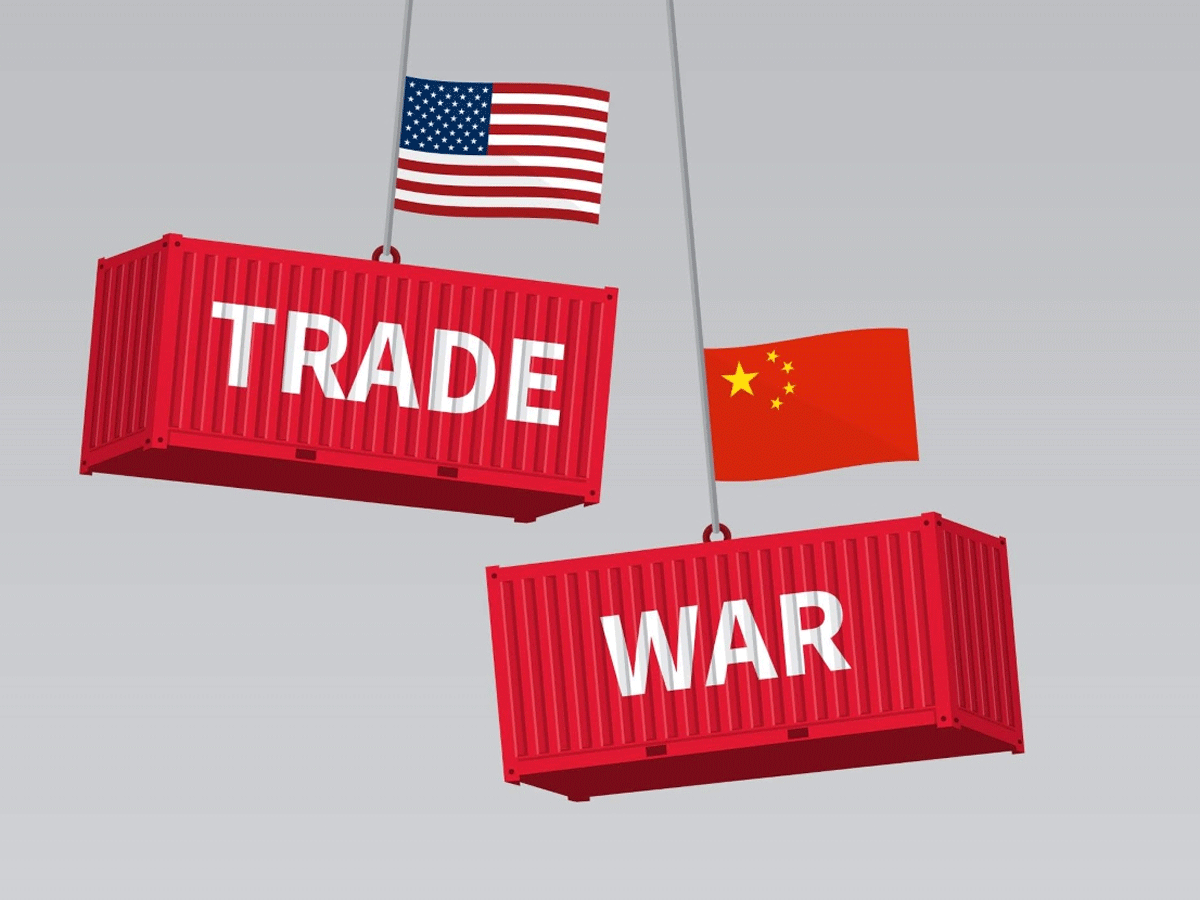The trade relationship between the United States and China remains one of the most critical and contentious in the global economy. Despite previous attempts at negotiation, tensions have persisted into 2025, affecting global markets, supply chains, and geopolitical stability. The ongoing disputes over tariffs, technology restrictions, and economic influence continue to shape the future of international trade.

The State of U.S.-China Trade Relations
Since the initial trade war escalated in 2018, both nations have imposed billions of dollars in tariffs on each other’s goods. According to the World Trade Organization (WTO), trade restrictions between the U.S. and China remain at an all-time high, despite diplomatic efforts to ease tensions. Key areas of dispute include:
- Tariffs and Trade Barriers: The U.S. has maintained tariffs on Chinese imports, while China has responded with its own countermeasures, impacting industries such as technology, manufacturing, and agriculture.
- Technology and National Security: The U.S. has increased export restrictions on critical technologies like semiconductors and AI, citing national security concerns. China has accelerated its domestic chip production in response, with support from government initiatives.
- Intellectual Property (IP) Protection: The U.S. continues to accuse China of unfair trade practices and IP theft, prompting stricter regulations and legal actions.
Impact on Global Supply Chains
The prolonged trade conflict has had significant ripple effects on global supply chains. Many multinational companies have started diversifying their production lines away from China, moving to alternative manufacturing hubs like Vietnam, India, and Mexico. According to Bloomberg, supply chain resilience has become a top priority for businesses seeking to mitigate risks from geopolitical instability.
China’s Push for Economic Self-Reliance
In response to U.S. trade restrictions, China has intensified its dual circulation strategy, which focuses on boosting domestic consumption while reducing reliance on foreign markets. The Chinese government has also expanded trade partnerships with the European Union, Russia, and Southeast Asian countries through the Belt and Road Initiative (BRI) and Regional Comprehensive Economic Partnership (RCEP), the world’s largest trade pact.
Future of U.S.-China Trade Relations
Looking ahead, several key factors will determine the trajectory of U.S.-China trade relations:
- Bilateral Negotiations: Future talks between U.S. and Chinese officials could lead to revised trade agreements or a potential reduction in tariffs.
- Technology War: The race for technological supremacy in areas like AI, 5G, and semiconductors will continue to fuel tensions.
- Global Economic Influence: As China strengthens its role in global trade through partnerships with BRICS and RCEP nations, the U.S. will have to adapt its trade policies accordingly.

Conclusion
The economic rivalry between the U.S. and China is unlikely to subside in the near future. While trade negotiations may ease some tensions, fundamental differences in economic policies and geopolitical strategies will continue to shape their relationship. Businesses, investors, and governments worldwide will need to navigate this evolving landscape carefully as the world’s two largest economies redefine global trade dynamics.